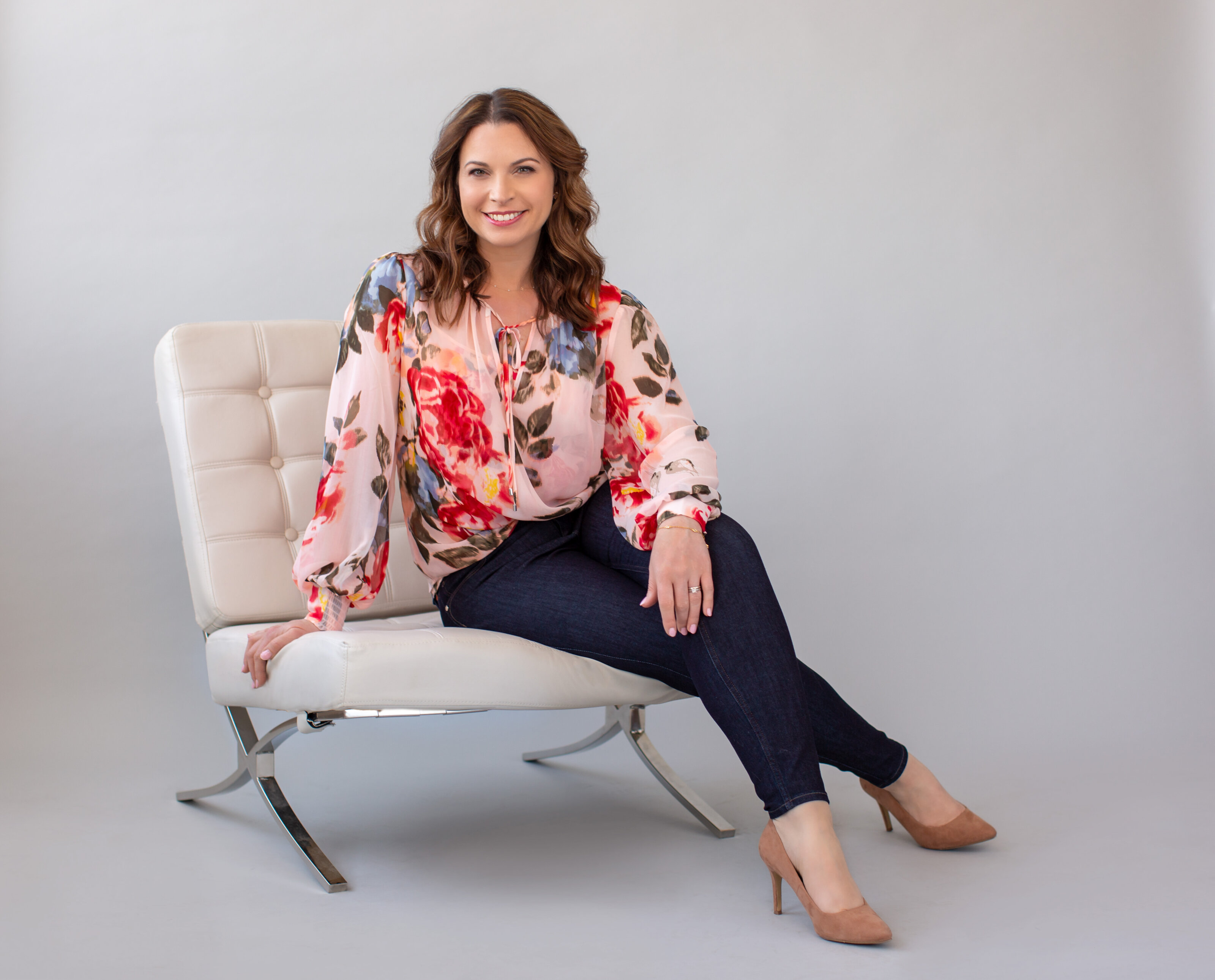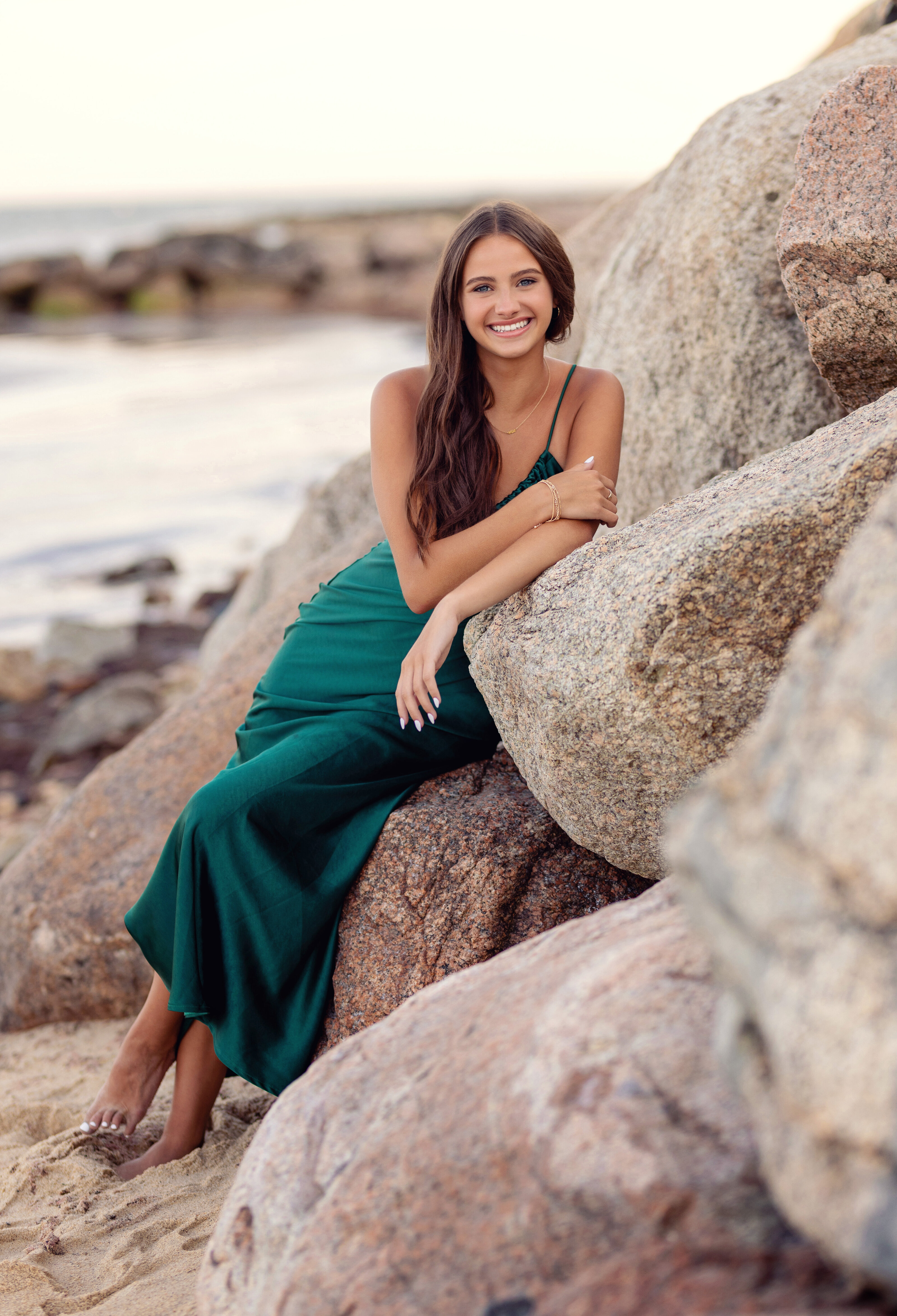Introduction
Portrait photography is an art form that captures the essence of a subject in a single image. It goes beyond simply taking a picture; it involves telling a story, conveying emotions, and presenting the subject's personality to the viewer. Whether you're shooting high school senior portraits, corporate headshots, or personal branding photography, mastering the nuances of portrait photography can elevate your work to new heights.
This guide will delve deep into the various aspects of portrait photography, offering comprehensive tips and techniques to enhance your skills and create captivating images. From understanding lighting and composition to engaging with your subjects, this article serves as a roadmap for photographers at all skill levels.
Understanding Portrait Photography
What is Portrait Photography?
Portrait photography refers to capturing the likeness of a person or group using artistic expression. The primary goal is to convey the subject’s personality, mood, and character through visual storytelling. Contrary to popular belief, portrait photography isn’t limited to formal studio settings; it can encompass environmental portraits that showcase subjects in their natural surroundings.
The Importance of Portraits
Portraits serve numerous purposes across various fields. They are integral in:

- High School Senior Portrait Photography: Celebrating milestones in life. Corporate Headshots: Presenting professionalism in business contexts. Branding Photography: Establishing an individual's or company's identity.
By understanding these categories, photographers can tailor their approach to meet specific client needs.
Mastering the Art of Portrait Photography: Tips for Captivating Images
Choosing Your Gear Wisely
Essential Equipment for Portrait Photography
When venturing into portrait photography, having the right equipment can make all the difference. Here’s a list of must-have gear:
Camera: A DSLR or mirrorless camera with a large sensor. Lenses: Prime lenses (like 50mm or 85mm) are ideal for portraits due to their wide apertures. Tripod: For stability during low-light conditions. Lighting Equipment: Softboxes and reflectors help create flattering light. Editing Software: Programs like Adobe Lightroom or Photoshop are essential for post-production.Budget-Friendly Alternatives
If you’re just starting out, you don’t need top-of-the-line gear:
- Use your smartphone with portrait mode for candid shots. Rent lenses instead of purchasing them upfront. Leverage natural light whenever possible—it's free!
Understanding Lighting Techniques
Natural Light vs. Studio Lighting
Natural light can produce stunning results when used correctly. Golden hour—shortly after sunrise or before sunset—offers soft lighting perfect for portraits.
On the other hand, studio lighting provides more control over shadows and highlights:
- Use key lights as your main source of illumination. Fill lights can soften harsh shadows created by key lights.
Experiment with both to find what suits your style best!
The Role of Shadows in Portrait Photography
Shadows add depth and dimension to portraits:
- Utilize shadows strategically to highlight certain features. Avoid flat lighting that can make images appear lifeless.
Composition Techniques for Engaging Portraits
Rule of Thirds in Portraits
Applying the rule of thirds can lead to more dynamic compositions:
Divide your frame into three equal parts both horizontally and vertically. Position key elements along these lines or their intersections.This technique naturally draws viewers’ eyes towards important features within an image.
Framing Your Subject Effectively
Framing can enhance the focus on your subject:
- Use natural elements like trees or doorways as frames. Ensure that any framing element doesn’t distract from your subject.
Engaging with Your Subjects
Creating Comfort During Photoshoots
Building rapport with your subjects is vital for capturing authentic expressions:
Start with casual conversation before beginning the shoot. Offer guidance but allow space for creativity.Your subjects should feel relaxed enough to express themselves naturally!

Posing Techniques for Different Scenarios
Posing High School Seniors
Capturing high school seniors requires a blend of fun and professionalism:
- Encourage movement; candid moments often yield the best results. Suggest different outfits reflecting their personalities.
Corporate Headshot Posing Guidelines
Corporate headshots demand a polished look:
Keep shoulders back and chin slightly lifted for confidence. Maintain eye contact with the camera lens—this engages viewers directly.Post-Processing Techniques for Stunning Results
Basic Editing Steps in Lightroom/Photoshop
Editing is crucial in portrait photography; here's how you can enhance your images:
Adjust exposure settings without losing detail. Correct colors using white balance tools. Use retouching tools sparingly—aim for authenticity over perfection.Advanced Techniques That Make a Difference
For those looking to take editing further:
Experiment with skin retouching techniques using frequency separation methods. Utilize color grading to evoke different moods within your photographs.Specific Types of Portrait Photography
High School Senior Portrait Photography Insights
Capturing high school seniors is about celebrating transitions:
Discuss interests beforehand—this helps tailor themes and locations. Incorporate props that represent hobbies or future aspirations.Corporate Headshots Best Practices
In corporate settings, consistency is key:
Standardize background colors across shoots for brand cohesion. Ensure proper attire aligns with company culture while maintaining professionalism.Branding Photography Essentials
Branding photography encompasses more than just headshots—it tells a story about who you are as an individual or company:
Include elements that represent your brand values within shots (e.g., workspace). Share behind-the-scenes glimpses into daily operations—a personal touch builds connection!FAQ Section
1. What makes a great portrait photograph?
A great portrait photograph effectively captures emotions and tells a story about its subject through thoughtful composition, lighting, and engagement techniques.
2. How do I choose locations for my portrait sessions?
Consider locations that reflect either personal significance or aesthetic appeal relevant to your subject’s interests—natural parks or urban spaces often yield fantastic results!
3. What equipment do I need as a beginner?
Beginner photographers should start with any camera they have access to (even smartphones), paired with good lighting sources like natural light or affordable external flashes.
4. How important is post-processing?
Post-processing is crucial as it allows you to refine images by correcting colors, enhancing contrasts, and ensuring each photo aligns with artistic vision while maintaining authenticity!
5. Can I shoot portraits without professional gear?
Absolutely! Many stunning portraits have been taken using amateur cameras; focus instead on composition & lighting rather than solely relying on expensive equipment!
6. How do I get my subjects comfortable during shoots?
Build rapport through casual chit-chat before sessions begin while encouraging genuine interaction during photoshoot moments—a relaxed atmosphere breeds authentic expressions!
Conclusion
Mastering portrait photography involves not just technical knowledge but also emotional intelligence when connecting with Beck Photo brand photography subjects—whether they're high school seniors ready to embark on new adventures or corporate professionals seeking polished representations! With practice comes improvement; always strive toward experimentation alongside embracing feedback from peers & clients alike!
In summary, this art form requires patience coupled with creativity—the more time invested honing skills & understanding nuances involved translates into captivating images sure leave lasting impressions! So grab your camera & start capturing stories today; remember—you hold power immortalizing moments transforming lives forever through beautiful imagery!